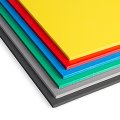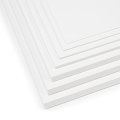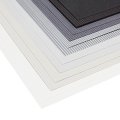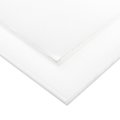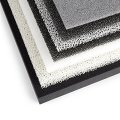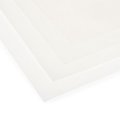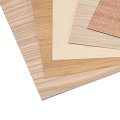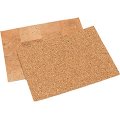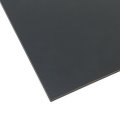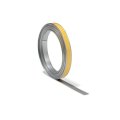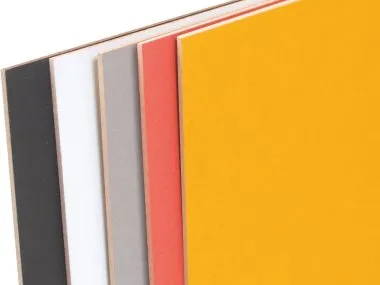Wooden panels of all kinds - from modelling to furniture making
Modulor has all kinds of wooden panels for you. The various boards in our range differ in wood type, finish, size and surface quality. Which wooden panel you choose depends on your project. Our thin wooden panels are mainly used in model and prototype construction. However, the wood panels from our range are also ideal for building furniture or interior fittings.
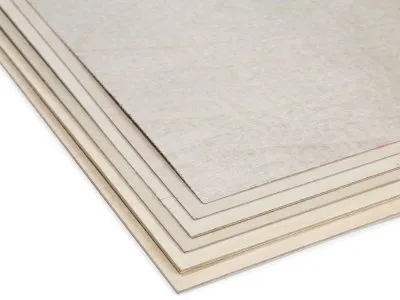
Model making with wooden panels
Thin wooden panels are indispensable in model making. As a lightweight material that is easy to work with, they are ideal for fine and detailed work on a miniature scale. Balsa wood, plywood and thin MDF are used particularly frequently here. However, aircraft plywood and HDF are also popular materials with modellers. All the materials mentioned can be easily glued, milled or cut to size with a laser.
Aircraft plywood made of birch is typical for model making. The waterproof glued material is available in various thicknesses from 0.4 to 3 mm and can even be cut with a cutter knife. Balsa wood is ideal for particularly lightweight projects such as aeroplane models. It is easy to process and can even be glued with conventional all-purpose adhesives. Thin MDF boards are produced especially for model making.
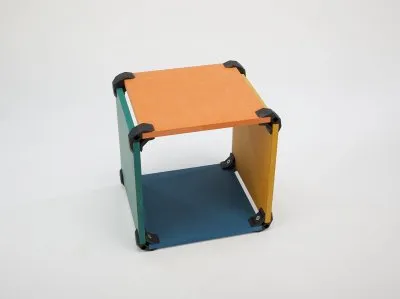
Wooden panels for interior fittings and furniture construction
Our wooden panels are also used for work outside of the miniature format. Here they are in demand thanks to their high load-bearing capacity and ease of processing, but also because of their attractive appearance. The spectrum ranges from plywood panels to blockboards. You can set colourful accents with through-dyed MDF boards or HDF boards coated on one side.
The medium and high-density boards are not only inexpensive, but also particularly stable and therefore popular as a base material for shelves and cabinets as well as wall panelling. Our birch plywood panels, on the other hand, are less dense but lightweight. They consist of several layers of wood glued crosswise. Gabon blockboard, on the other hand, offers more stability. This plywood is a kind of sandwich consisting of parallel glued wooden bars in the centre and two thinner top layers at the top and bottom. Our large selection of boards is also used primarily in furniture and interior design. The textures and colour variations of the different types of wood allow the individual design of furniture and interiors.
A little material science
So that you don't lose track of the many different wood panels in our range, we have briefly summarised the most important material properties and uses of our wood panels here.
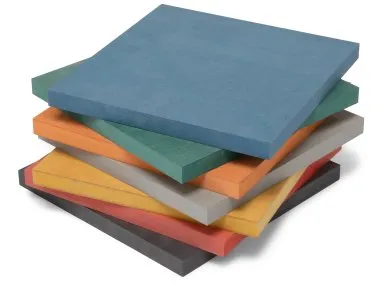
Through-Dyed MDF
is available in black, light grey, red, yellow, orange, blue and green as a cut-to-size product or furniture panel. The smooth surface of the material can be painted. Thanks to its high density and a thickness of 19 mm, solid-coloured MDF is stable, resilient and therefore ideal for furniture construction, the design of fronts or decorative elements.
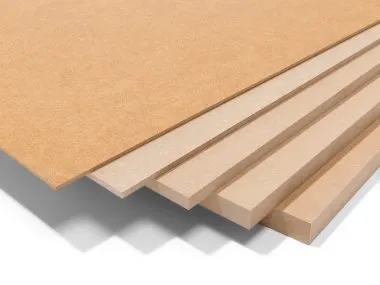
Brown MDF
is uncoated and is only suitable for indoor use. We offer brown MDF in seven different thicknesses from 3 to 19 mm. The thin boards up to 6mm thick are mainly used in model making or for cutting out laser-cut moulds.
At Modulor, we use the term "Wood Sheets" to refer to wood blanks in the 100x1000mm format. The thin wooden boards are suitable for detailed work in the manufacture of musical instruments, art objects or inlay work. The boards can be used to create artistic and aesthetic accents, especially when combining different types of wood. You can choose from boards made of abachi, balsa, mahogany, walnut, lime, pear and oak. Depending on the type of wood, the wooden boards are available from very thin (0.3 mm) to a maximum thickness of 10 mm.
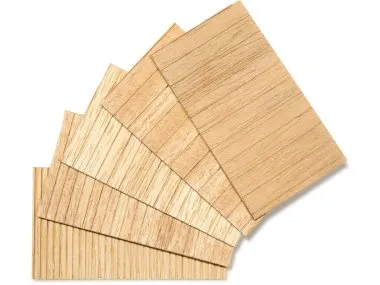
Obeche fluted panels
are 2 mm thick and are characterised by a "built-in" striped structure, which is created by gluing wooden strips of 2 mm to 7 mm width. Ship modellers make use of this structure by using the abachi grooved boards as a base for boat decks and working them themselves.
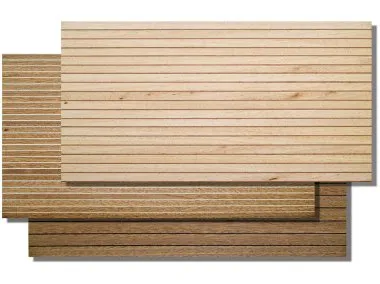
Boat deck
is also available ready to buy from us. The mahogany and maple-glued boat deck boards are already sanded in board size and 1.5 mm thickness. As well as being used in model ships, boat deck boards are also popular for representing floors and facades in architectural modelling.
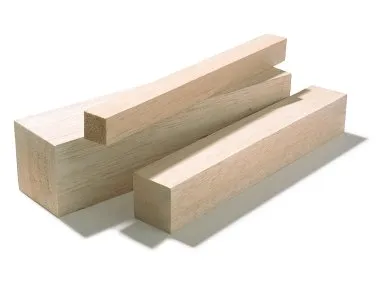
Balsa scantlings
are also predestined for use in architectural and aircraft modelling. The tropical balsa wood is extremely light, soft and easy to cut. A fine-toothed saw is recommended for cutting the 30x30mm balsa scantling.
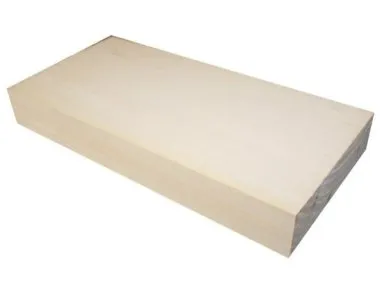
Linden plank sections
are the perfect wood for carving. Lime wood is extremely soft and therefore easy to work with. In addition to carving, it is also used in the manufacture of pianos, among other things. We offer the light-coloured, yellowish lime plank sections in two sizes: 80x165mm and 120x150mm.
Customised wooden panels
Do you need a customised wood cut for your project? In this case, we offer our cutting service for the most common wood panels. These include solid-coloured and brown MDF, birch plywood and white HDF on one side. You can find more information about this on the cutting service website.

A word about the necessary tools
When making models and furniture with wooden panels such as plywood, MDF, HDF, balsa etc., you need different tools depending on how precise, large or fine you want to work. Balsa wood, for example, is very soft. A scalpel, fretsaw and cutter are perfectly adequate here.
Our various boards and other plywood for modelling and furniture making are stable but easy to saw. Accordingly, we recommend a Japanese saw or scroll saw for precise, clean cuts by hand. Laser cutting is also possible with thin plywood.
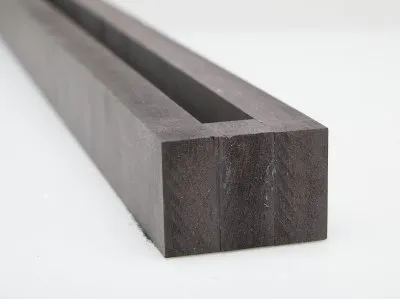
How to stick correctly
In modelling, less is more! Excess glue stains the surface, so use adhesives sparingly. Quick-drying glues such as Weicon superglue are ideal for small parts. White glue such as Ponal Express sets quickly and hardens transparently. You can also hold the model parts in place with rubber bands, pins or clamps to secure the gluing process.
When building furniture with wooden panels, we recommend pressing with clamps. High pressure and precise work are important for this. Ensure that the adhesive is evenly distributed using a glue roller, brush or spatula. Wood glue such as Ponal is suitable for gluing wood to wood. Contact adhesives such as Pattex can be used for veneer.
